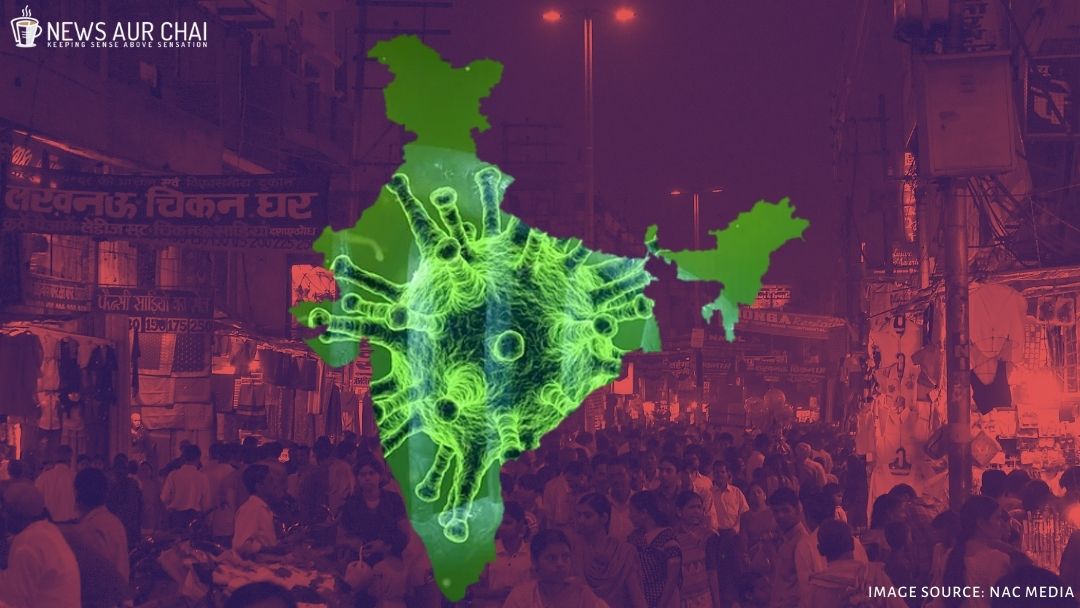
New Delhi: The number of confirmed coronavirus cases in India increased to 87.73 lakh as 44,684 more caught infection, data released on Friday, by the government, showed.
In the last 24 hours, 520 new deaths due to COVID-19 were recorded, taking the death count to 1,29,188.
So far 81.63 lakh have defeated the virus, bringing the national recovery rate to 93.04 per cent on Saturday, according to the Union Health Ministry data. The COVID-19 case fatality rate has further declined to 1.47 per cent.
Delhi remained on top of the list of states with the highest single-day caseload, followed by Kerala, Maharashtra, West Bengal and Haryana.
The national capital has seen a rise in daily new cases of coronavirus for the last few days. November 11 witnessed the city’s highest single-day case count as 8,593 people were tested positive for the coronavirus disease.
Experts say it is because of the rising pollution in the city and overcrowding in markets during the festive season, where physical distancing norms are often being ignored. The air is also likely to worsen today and tomorrow as thousands of firecrackers would be busted during the Hindu festival of lights, Diwali. Predictions say that Delhi could see around 15,000 cases a day during the winter season.
Doctors say PM2.5 pollutants, fine particulate matter that is less than 2.5 microns in diameter and which can penetrate deep into the lungs can worsen the state of coronavirus infection in the city.
PM2.5 pollutants are found in high concentration in Delhi’s air.
India, which ranks only behind the United States for confirmed infections, is likely to get 100 million doses of the Oxford-AstraZeneca COVID-19 vaccine ready by December for an inoculation drive, according to a report by Bloomberg.
—
(with inputs from agencies)





